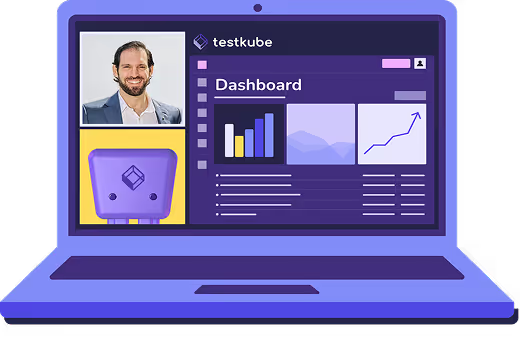Table of Contents
What Does Canary Testing Mean?
Canary testing is a progressive release strategy where new features, updates, or code changes are deployed to a limited subset of users or environments before being rolled out to the entire system. The name comes from the historical "canary in a coal mine" analogy, where miners used canaries as early warning systems for toxic gases. In software deployment, a small group of users or servers is exposed to the new version first to detect potential issues before the full audience is affected.
Why Canary Testing Matters
Modern software releases are increasingly complex and carry significant risks such as regressions, performance degradation, compatibility issues, security vulnerabilities, and unexpected behavior in production environments. Canary testing helps development and operations teams:
- Detect issues early with minimal user impact: By limiting exposure to a small percentage of traffic, problems can be identified before affecting your entire user base
- Validate stability and performance in production-like environments: Real-world conditions often reveal issues that staging environments cannot replicate
- Reduce risk of widespread outages or customer disruption: Gradual rollouts prevent catastrophic failures that could damage reputation and revenue
- Collect real-world feedback before scaling a rollout: Actual user interactions provide insights that synthetic tests cannot capture
- Enable data-driven release decisions: Metrics from canary deployments inform whether to proceed, pause, or rollback
- Support continuous delivery practices: Canary releases enable faster, safer deployment cycles
For DevOps teams practicing continuous integration and continuous deployment (CI/CD), canary testing bridges the critical gap between testing in staging environments and releasing in production. It serves as a safety net that allows teams to maintain deployment velocity while managing risk effectively.
Common Challenges and Solutions
Implementing canary testing comes with several technical and operational challenges:
- Monitoring complexity: Requires robust observability tools and practices to compare canary performance against baseline metrics. Teams need to track error rates, latency, resource utilization, and business metrics across both versions simultaneously.
- Traffic routing: Needs reliable infrastructure to direct a specific subset of traffic to the canary deployment. This typically involves load balancers, service meshes, or feature flags that can intelligently route requests based on user segments, geographic regions, or percentage-based rules.
- Rollback strategy: Must ensure fast, automated rollback capabilities if issues are detected. The rollback process should be well-tested and able to execute within minutes to minimize impact.
- Test coverage: Automated tests should comprehensively validate canary behavior before wider rollout. This includes functional tests, integration tests, performance tests, and smoke tests that verify critical user journeys.
- Configuration management: Managing different configurations for canary and stable versions can become complex, requiring careful version control and deployment orchestration.
- Duration and scope: Determining how long to run the canary and what percentage of traffic to expose requires balancing risk mitigation with feedback quality.
How Canary Testing Works with Testkube
Testkube enables automated tests to run against canary environments deployed in Kubernetes clusters. Teams can:
- Validate application functionality as soon as the canary is deployed: Execute comprehensive test suites immediately after canary deployment to verify behavior
- Compare results across canary and stable environments: Run parallel tests to identify differences in performance, functionality, or reliability between versions
- Integrate with CI/CD pipelines to trigger tests automatically on canary releases: Seamlessly incorporate canary validation into existing deployment workflows
- Build workflows that enforce quality gates before full rollout: Define pass/fail criteria that must be met before promoting the canary to production
- Execute tests natively in Kubernetes: Run tests in the same environment where applications are deployed, eliminating environment-related discrepancies
This ensures that the canary release is not only deployed safely but also verified with comprehensive testing inside the same Kubernetes environment, providing confidence before proceeding with full rollout to all users.
Canary Testing Best Practices
To maximize the effectiveness of canary deployments:
- Start small: Begin with 1-5% of traffic and gradually increase exposure as confidence grows
- Define success metrics: Establish clear KPIs such as error rates, response times, and conversion rates
- Automate monitoring and alerting: Set up automated alerts for anomalies in canary metrics
- Use feature flags: Combine canary releases with feature flags for additional control
- Document rollback procedures: Ensure all team members know how to quickly revert changes
- Test the canary itself: Don't assume deployment success means functional correctness—run automated tests
Canary Testing vs. Other Release Strategies
Canary testing is one of several progressive delivery techniques:
- Blue-green deployment: Maintains two identical production environments and switches traffic completely between them
- Rolling deployment: Gradually replaces instances of the old version with the new version
- A/B testing: Focuses on comparing user experience and business metrics between versions, often for product experimentation
- Shadow testing: Routes production traffic to the new version without affecting users, comparing outputs behind the scenes
Canary testing offers a middle ground, providing production validation with controlled risk exposure, making it ideal for detecting technical issues before full rollout.


